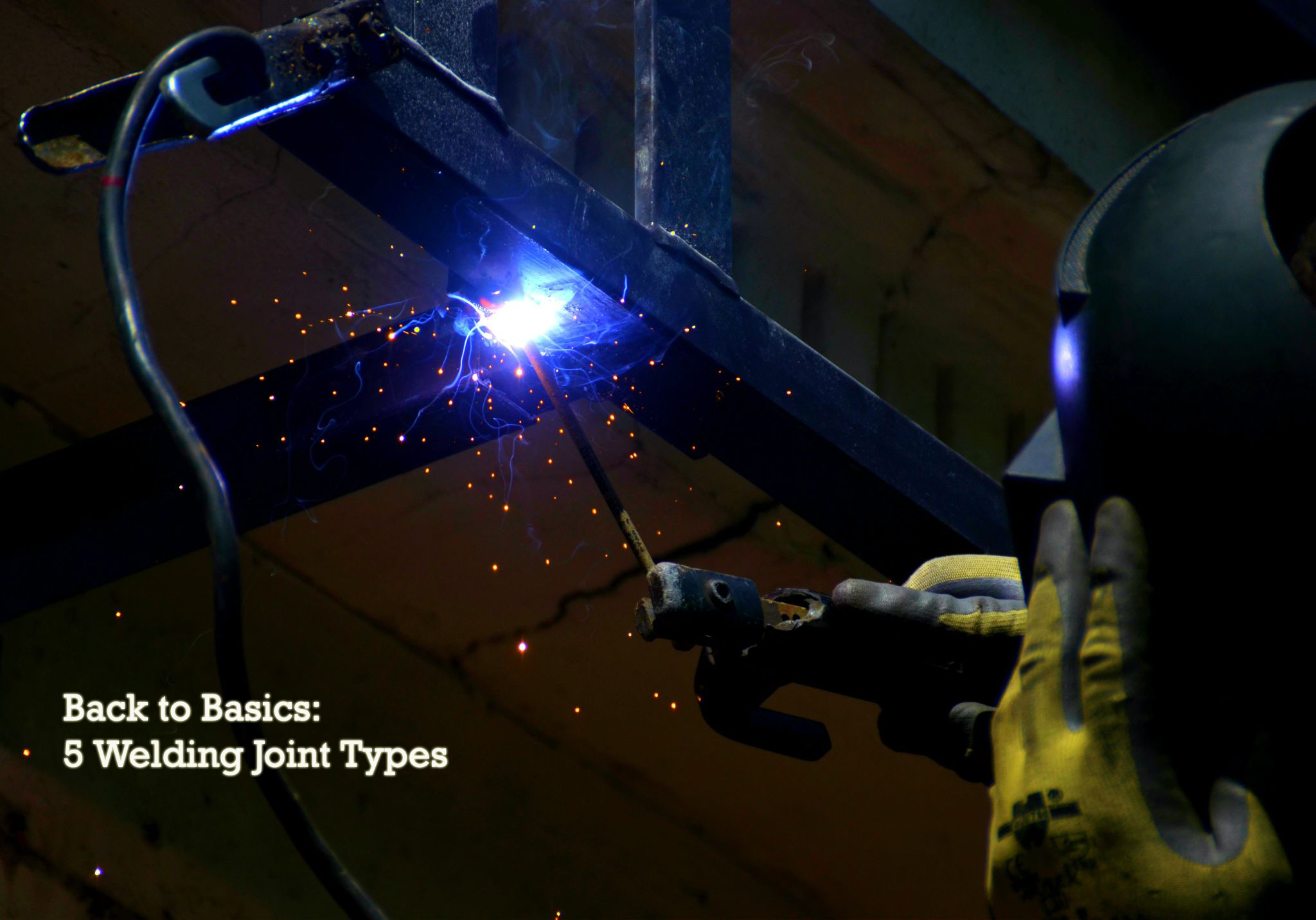
While our previous blogs looked into troubleshooting problems, and other topics, let us help you now to further your welding knowledge by looking at five common types of welding joints including butt joints, lap joints, corner joints, T joints, edge joints. Before getting into the different types, let’s remind you of what a welding joint is.
What Is A Welding Joint?
A welding joint is the point or edge of a metal or plastic piece which is connected to another piece based on specific geometry. A welding joint can be of different design at the site of the joint where welding occurs. As we are sure you already know, these joints are absolutely necessary for different types of applications and can be used for different types of materials, including, but not limited to, lightweight and heavyweight metals. If you didn’t know already, different welding joints produce different welding strengths, with some joints generating strong welds and others creating soft welds.
Butt Joints
Created by slot, plug, bevel-groove, spot, j-groove, and flare-bevel-groove welds, butt joints occur when two metal pieces or plastic pieces, are positioned in the same plane or side by side in a parallel fashion. Basically, they are joined with their edges meet. As a universally accepted method for attaching a pipe to itself, butt joints are also used for flanges, fittings, valves, as well as other equipment and applications. Also commonly known as a square groove weld, the butt joint is the easiest, most affordable, and most common welding joint out of all the different joint types.
Lap Joints
This weld joint is where the two pieces of metal or plastic partially overlap one another. Lap welding joints are used most often to join two pieces of material with differing thicknesses together. A lap joint is formed when two pieces are placed in an overlapping pattern on top of each other. Also considered a fillet type by those in the world of welding, the weld can be made on one or both sides. Its vast applications can include, but are not limited to, gas tungsten arc welding, metal arc welding, and resistance sort welding. When it comes to materials, lap joints can be used in wood, tabling, cabinet making, and temporary framing, among other types of applications and materials.
Corner Joints
This type of joint involves two pieces that are fused at a 90-degree angle using a welding style that could include a spot weld, fillet weld, corner flange weld, J-groove, or other welding style. As one of the most popular, and common, joints around, a corner joint is specifically used on the outer edge of a metal piece and it joins at a right angle right between two parts. It then forms an ‘L’ shape. Lastly, corner joints can be applied on sheet metal, box designs and frames, light sheets, heavier, thicker metal sheets, as well as other materials.
T Joints
Considered a type of fillet weld, the T welding joint is created when two metal pieces are joined at 90-degree angles and their edges join in the center of a component or plate. This essentially forms a ‘T’ shape. The welding styles used to make T joints include a fillet, plug, J-groove, melt-through, flare-bevel-groove, or slot weld. These types of joints can also be made when a tube or pipe is welded straight onto a base plate. When creating a T joint, we recommend you always ensure effective penetration into the weld roof. When it comes to lap joint applications, these can include thin plate attachments, structural applications, metal parts attached to bases, and machine applications.
Edge Joints
Now let’s move onto Edge Joints – a joint we use quite often at MuggyWeld. Edge joints occur when the flat sides of two pieces of metal are welded together. Bevel-groove, U-groove, edge-flare, V-groove, square-groove, and butt welds create an edge joint. Now, these types of joints are commonly applied to sheet metal parts that boast flanging edges or are placed at a location where a weld must be made to attach to adjacent pieces. With an edge joint, the pieces are positioned side by side and are simultaneously welded on the same edge. For heavier applications filler metal is added to melt or fuse the edge completely and to reinforce the plate.
While there is more to know about each joint type, we hope you found the above to be informative. Should you require more information about the different types of joints – from butt joints, lap joints, corner joints, T joints, and edge joints, contact us today. For more tips, information, and welding advice, MuggyWeld can help you with all things welding.
